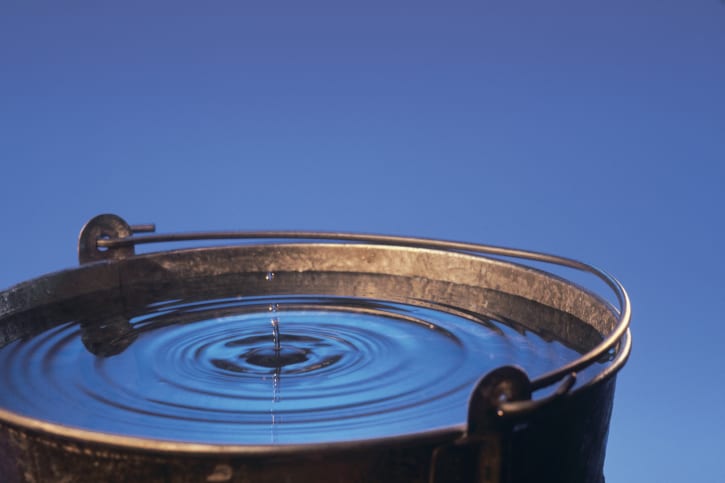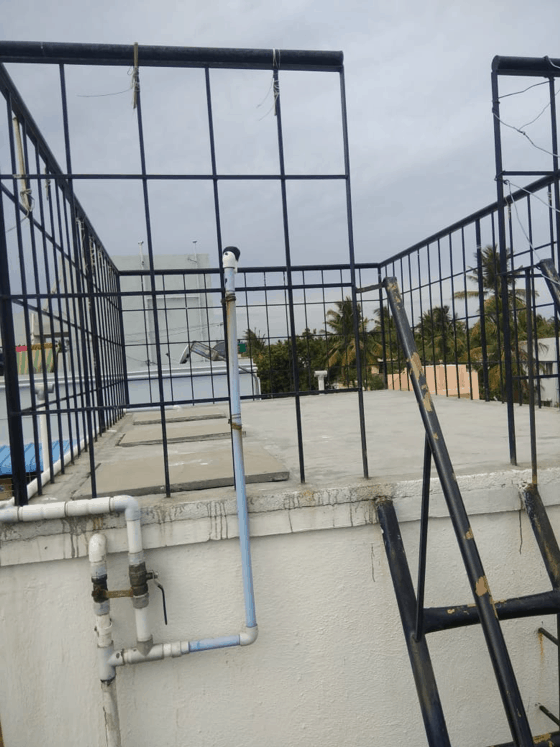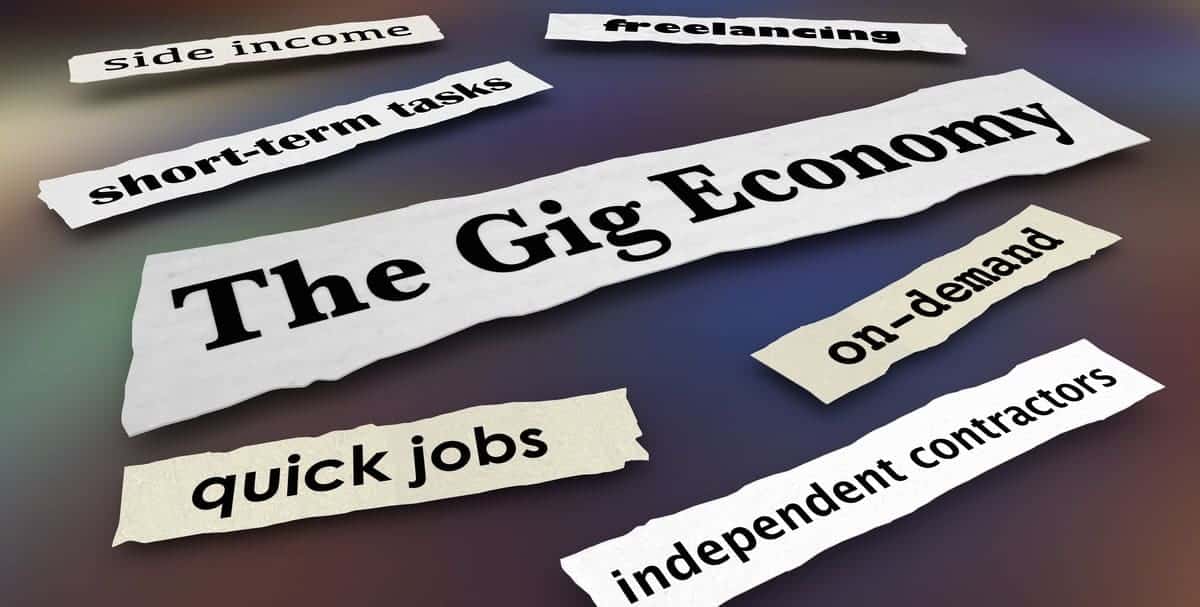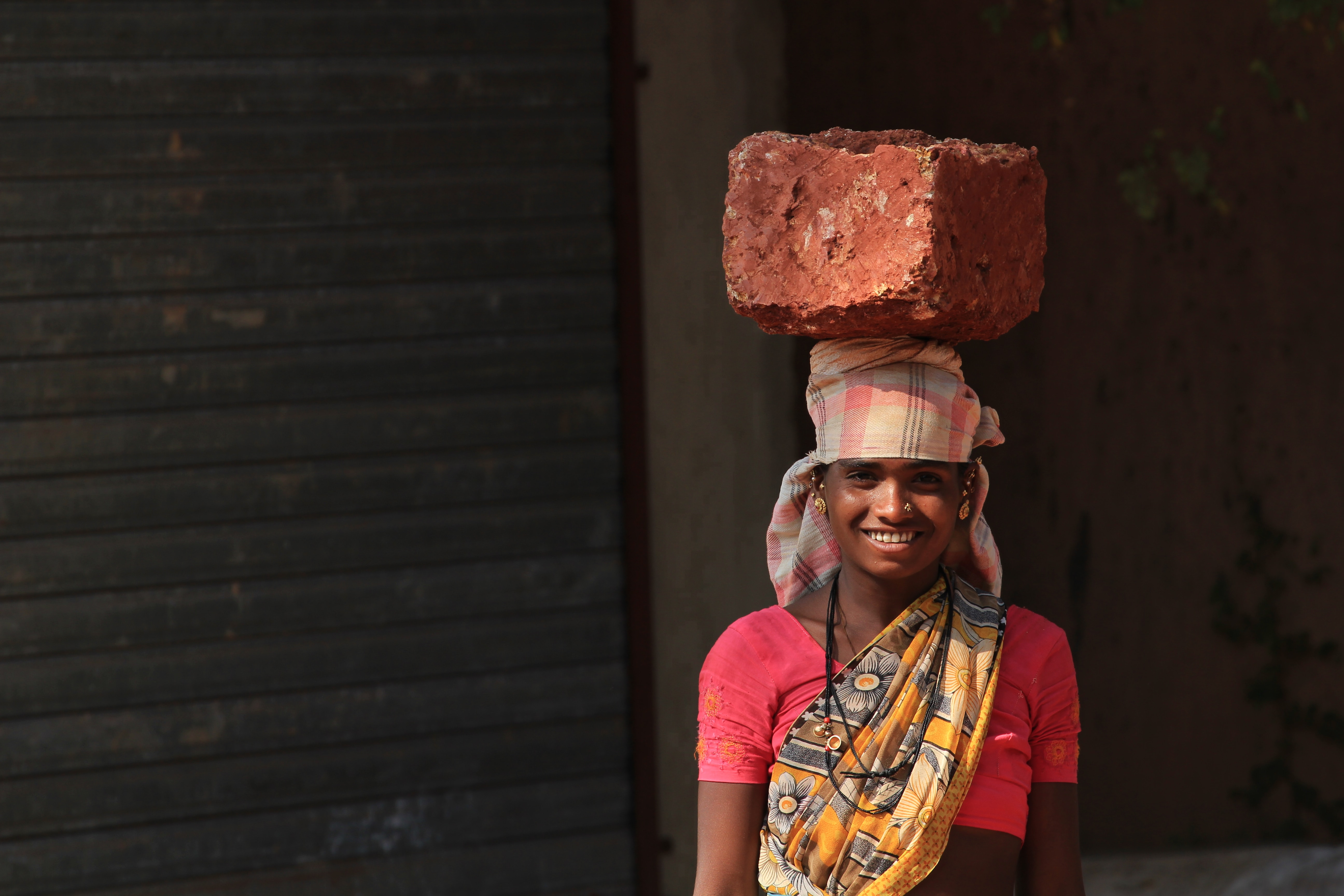Shimla recently faced one of the most devastating and problematic shortfalls of water – a crisis that forced them to put up “No Entry” signs for incoming tourists. Similar situations are being faced in places like Chennai, where the droughts have become not national, but international news.
The question is – Is water crisis in India such a grave issue, or is it just hyped?
Well, in a few cities like Mumbai with the constant supply of municipal water, it might be a non-issue today. But it certainly is an issue in Mumbai suburbs like Thane and many other parts of India.
A recent report by Niti Aayog, a think tank with the Government of India, reported that about 600 million people are going to be affected by the growing water crisis in the coming times.
Reasons For Water Crisis In India
Weak monsoons do contribute to the increasing water crisis. But is it the only reason for the water crisis? If one delves deeper into the issue, one would realize how we, as a civilization, have failed to conserve and respect the most humble natural resources of the human era.
The Composite Water Management Index report highlights how in cities like Bengaluru, Delhi, Hyderabad, and Chennai, the groundwater levels have reached to the minimal level, which is predicted to go up to zero degrees by 2020.
Let’s look at some of the reasons for the water crisis in India
1. Urbanization :
Who would have thought that the very thing that pushes prosperity and better livelihood options would one day eat its cause?
Since independence families have been migrating from villages and towns to bigger cities for better work opportunities and prosperous life. The flip side of this migration is increased pressure on the limited resources of these big cities. Increasing population due to migration from the rural space to the urban areas is one of the primary reasons for the growing water stress.
But is there a solution for this? Is it fair to stop this migration? Of course not, for that is not only unethical but against natural justice and constitutionally invalid as well. Instead, we could push for better water management and moderate usage.
There are many ways, though they are not being used widely as of now. Bollywood movies like Finding Fanny gave one such idea. The actor, Amitabh Bachchan can be seen in the toilet while the actress Deepika Padukone is in the kitchen doing her utensils. Mr. Bachchan cries from shower about empty flush when Deepika flushes the water in the kitchen sink, and he (Mr. Bachchan) can do his ritual.
This small detailing gave an idea about using the waste water from the kitchen for flushing in the toilet. Isn’t is something we should be doing daily too?
2. Leakage issues!
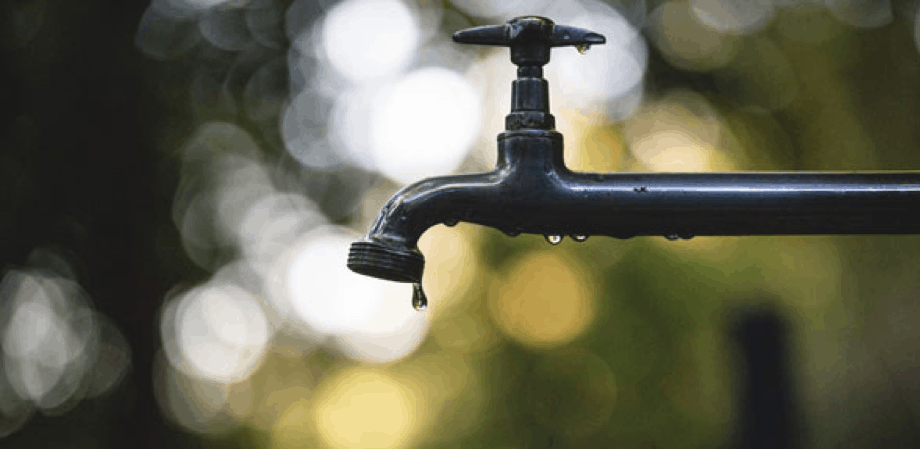
According to the latest data collected by a magazine “Down to Earth” which focusses on environmental issues exclusively, leaking cost us about 40% of the total water supply that is treated and meant for use.What can be the solution to this problem?
Most of us might think that this issue should be dealt by the government, and we as citizens are not responsible for it.
While the Government sure should be taking effective measures, we as individuals have always come across taps that leak, and we seldom take the initiative to either make a complaint or fix the valve. If not in a situation to make a complaint, the least that one could do is put a bucket beneath such leaking taps. In some hours, it will be full and can be utilized for washing, cooking, bathing, and daily rituals.
Small steps, significant results, isn’t it?
3. Lack of Rainwater Harvesting Techniques
This particular GIF would make us understand the Way water reservoirs have been disappearing in cities like Chennai. Residents, people are praying for rainfall, which would help in recharging the local water bodies.
The tanker costs anywhere around Rs. 4,000-5,000, a number which is enormous for a middle-class family to get only a few hundred liters.
Also Read: Complete View on Lgbtq Community in India
Here Are Some Solutions For Water Crisis In India:
We all know-how that it is a crticical situtaion for all of us but how we can solve the water crisis in India ?
Fortunately enough, a dire situation has awakened hundreds of individuals to take up the cause of protecting the city’ resources.
Let’s talk about some important solutions for water Crisis which will help to increase the water level.
1.Home rain water harvesting
a. V K Raviraj
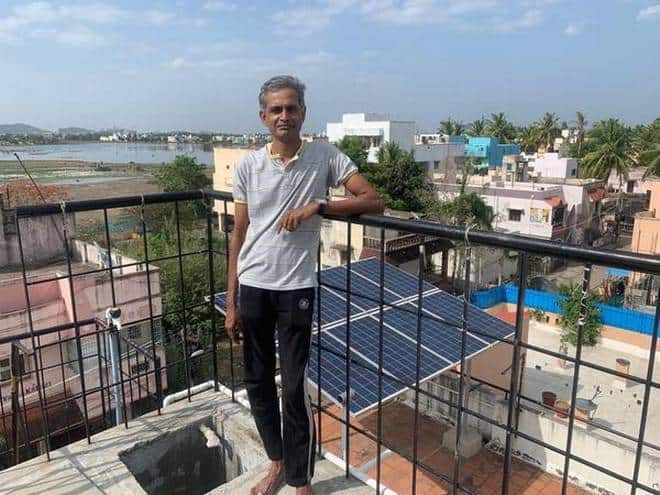
One such person named V K Raviraja realized about this upcoming problem way ahead than anyone else. He built a robust rainwater harvesting system in his own home! His house has an overhead tank that is split into two chambers. Each chamber has a capacity of 7,5000 liters.
While one of the rooms is dedicated to conserving rainwater, the other having a lower position is devoted to borewell and municipal water. He created a slope, which is such that when it rains, rainwater falls on the top of it and goes into the tank through a hole which he created manually.
Till the time he was last talked, he had collected around 1,500 liters of water for drinking. He aims to double the collection to 3,000 liters.
Similar examples can be followed especially in semi-urban areas.
b. Almora couple and their Rainwater Harvesting!
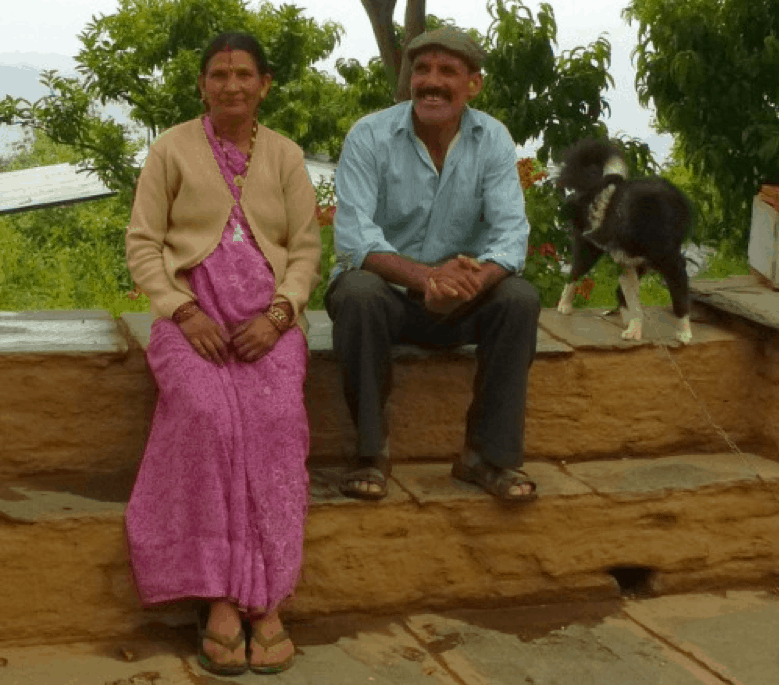
The nearest water source for this family was located at a steep walk of 3 km from their village. Moreover, the water at the spring was limited and there was always a fear to meet a leopard on the way. With all the misery, the mere three pots of water that could be carried back could only be used for drinking, washing, and domestic use. Getting water for irrigation this way was unthinkable.
But post 2003, the family thought of a solution and switched to conserving rainwater and now, no longer does their entire day go merely fetching water. Also, now they practice irrigation and even sell exotic fruits like Kiwi fruit that they even sell in the local market. They practice both rooftop harvesting and surface runoff harvesting.
2. Avana and Artificial Ponds
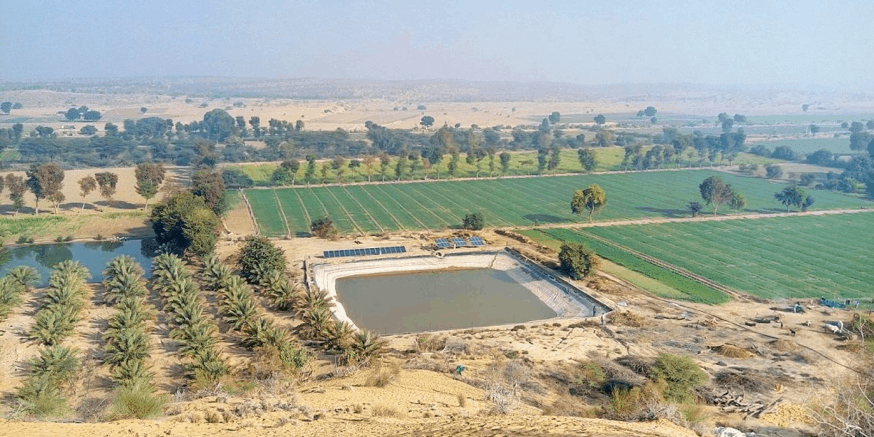
What exactly is an artificial pond? An artificial pond is artificial, meaning, something which isn’t naturally found in the environment but built out of human efforts. As much as 200 billion litres of water was saved using these artificial farm ponds by Avana, a startup working in the field on water conservation. And the best part is that they are all built in places with the highest water deficiency in the states of Rajasthan and Maharashtra.
Shouldn’t the Government be incentivizing such startups under the Startup India policy? What are your views?
Recently, PM Modi in one of the episodes of “Mann ki Baat” talked about water conservation. He spoke of turning towards traditional methods of water conservation.”Going to Porbandar, the birthplace of Gandhiji, one would find a 200-year-old water tanker, and it still holds water in it.
This is a system to preserve rainfall water.” Giving all the examples cited above, he also talked of people working together with full strength, which would make anything possible. When people join hands, water will be conserved.
We as citizens can hope that these are not just statements but enough action would be taken by the government in this direction along with citizens being more responsible towards their nation.
What do we understand with all this?
The thing that we need to learn from this is not only about ways to conserve water; it also highlights the importance of a human will, human cooperation, and human psychology. We, as humans, are responsible for the things that happen with us. Happiness needs to be shared, but issues need to be resolved together too.
What better way can there be than conserving water first?



